Vegan Food with Nutrition Similar to Grapes
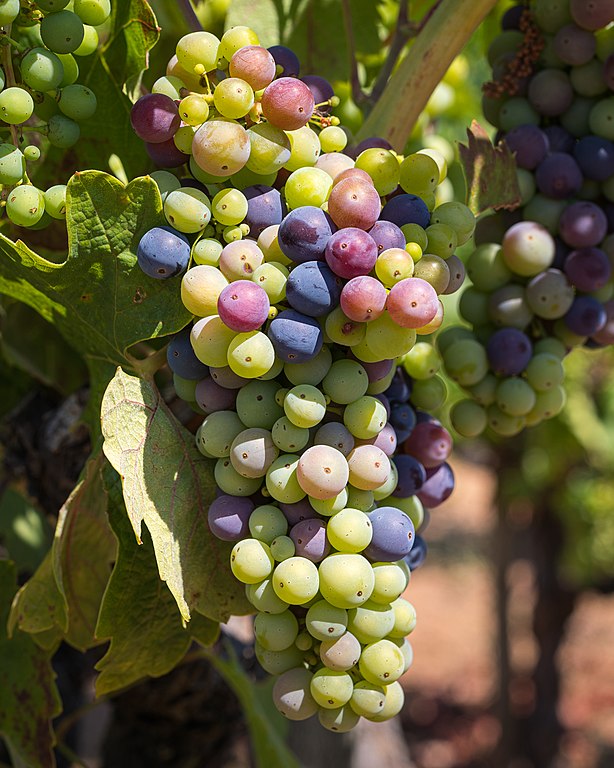
Similar to Grapes
One cup of grapes contains about 104 calories.Pine nut, pickles and cucumber are similar to grapes nutritionally. Other similar foods include bean sprouts, celery and cashews.
We compared the nutritional profile of grapes to hundreds of other foods with data from USDA.[1]
nuts, grains and legumes
Pine Nut

Similarity: > 90%
More nutritionally dense than grapes, pine nut contains nutrients similar to grapes, but in smaller amounts overall. Also, pine nut contains more dietary fiber, protein and Vitamin E than grapes.
For 100 grams of grapes and pine nut:
|
Grapes (5/8 cup) |
Pine Nut (3/4 cup) |
|---|
Pine Nut vs. Grapes
Cashews
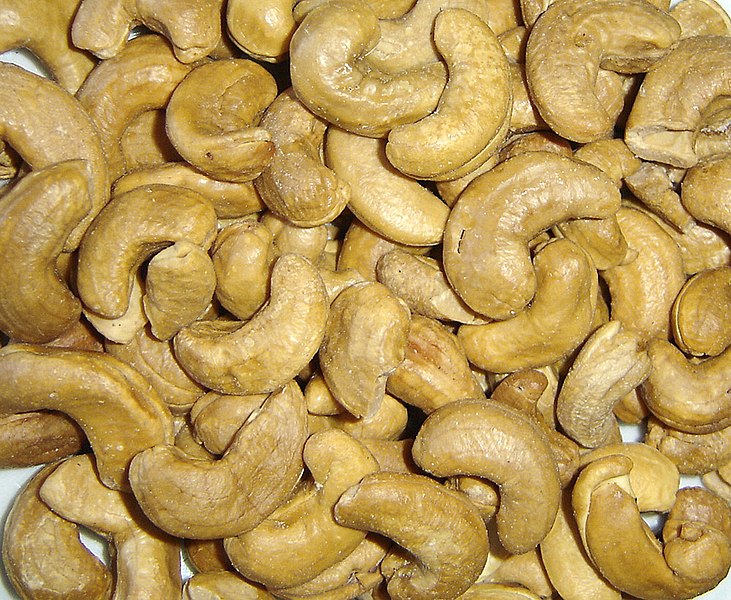
Similarity: 89%
More nutritionally dense than grapes, cashews contain nutrients similar to grapes, but in smaller amounts overall. Also, cashews contains more dietary fiber, protein and calcium than grapes.
For 100 grams of grapes and cashews:
|
Grapes (5/8 cup) |
Cashews (3.5 ounces) |
|---|
Cashews vs. Grapes
plants and vegetables
There are quite a few plants and vegetables that offer similar nutritional benefits to grapes. Pickles, cucumber, carrots, edamame and asparagus are all high in .Pickles

Similarity: > 90%
Pickles contain nutrients similar to grapes, but in smaller amounts overall. Also, pickles contains more calcium than grapes.
For 100 grams of grapes and pickles:
|
Grapes (5/8 cup) |
Pickles (2.75 spears) |
|---|
Pickles vs. Grapes
Cucumber
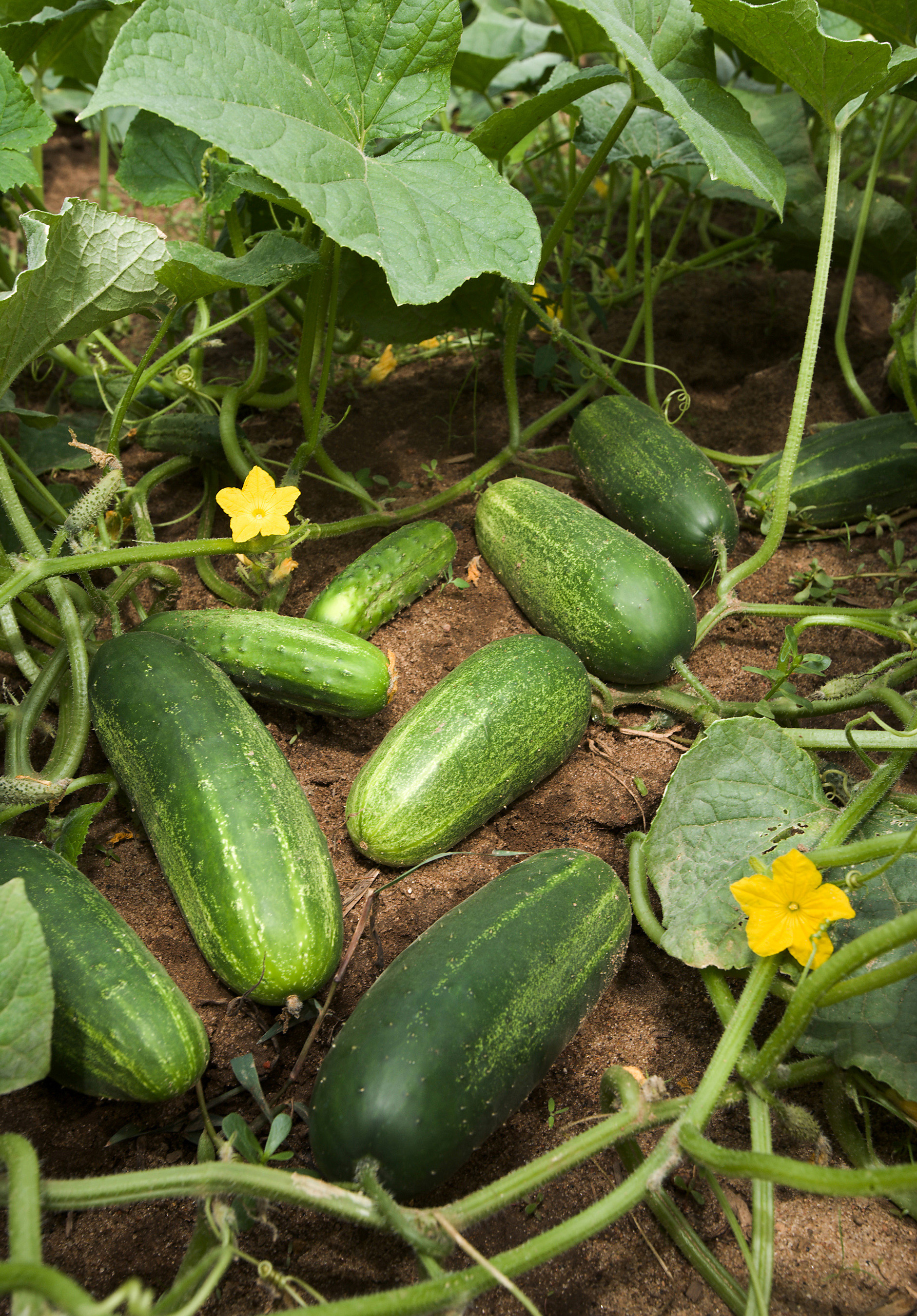
Similarity: > 90%
Cucumber contains nutrients similar to grapes, but in smaller amounts overall.
For 100 grams of grapes and cucumber:
|
Grapes (5/8 cup) |
Cucumber (1 cup) |
|---|
Cucumber vs. Grapes
Carrots

Similarity: > 90%
More nutritionally dense than grapes, carrots contain nutrients similar to grapes, but in smaller amounts overall. Moreover, carrots contains more dietary fiber, Vitamin C, Vitamin A, calcium and potassium than grapes.
For 100 grams of grapes and carrots:
|
Grapes (5/8 cup) |
Carrots (3/4 cup) |
|---|
Carrots vs. Grapes
Edamame

Similarity: > 90%
More nutritionally dense than grapes, edamame contains nutrients similar to grapes, but in smaller amounts overall. Moreover, edamame contains more dietary fiber, protein, Vitamin C and calcium than grapes.
For 100 grams of grapes and edamame:
|
Grapes (5/8 cup) |
Edamame (5/8 cup) |
|---|
Edamame vs. Grapes
Asparagus

Similarity: > 90%
More nutritionally dense than grapes, asparagus contain nutrients similar to grapes, but in smaller amounts overall. Moreover, asparagus contains more dietary fiber, Vitamin A, calcium, iron and thiamin than grapes.
For 100 grams of grapes and asparagus:
|
Grapes (5/8 cup) |
Asparagus (3/4 cup) |
|---|
Asparagus vs. Grapes
Pumpkin Puree

Similarity: > 90%
More nutritionally dense than grapes, pumpkin puree contains nutrients similar to grapes, but in smaller amounts overall. Moreover, pumpkin puree contains more dietary fiber, Vitamin A, calcium and iron than grapes.
For 100 grams of grapes and pumpkin puree:
|
Grapes (5/8 cup) |
Pumpkin Puree (3/8 cup) |
|---|
Pumpkin Puree vs. Grapes
Green Bean

Similarity: > 90%
More nutritionally dense than grapes, green bean contains nutrients similar to grapes, but in smaller amounts overall. Moreover, green bean contains more dietary fiber, Vitamin C, Vitamin A, calcium and iron than grapes.
For 100 grams of grapes and green bean:
|
Grapes (5/8 cup) |
Green Bean (1 cup) |
|---|
Green Bean vs. Grapes
Bean Sprouts
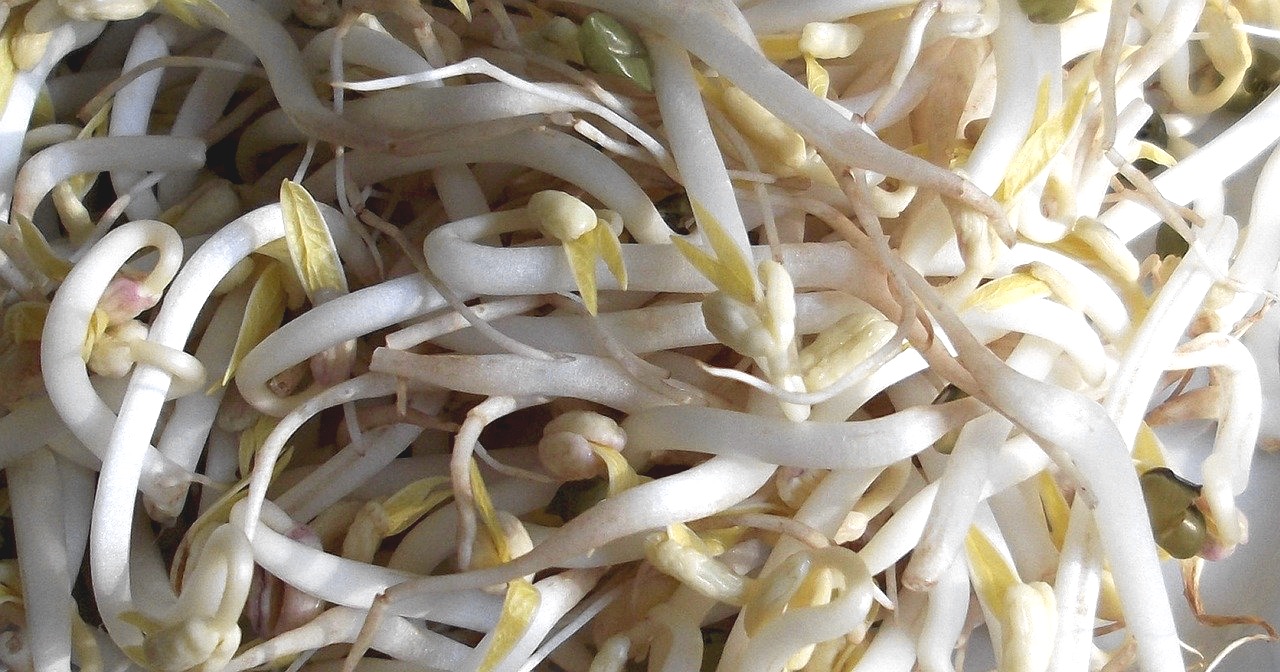
Similarity: > 90%
More nutritionally dense than grapes, bean sprouts contain nutrients similar to grapes, but in smaller amounts overall. Moreover, bean sprouts contains more dietary fiber, protein, Vitamin C, iron and folate than grapes.
For 100 grams of grapes and bean sprouts:
|
Grapes (5/8 cup) |
Bean Sprouts (1 cup) |
|---|
Bean Sprouts vs. Grapes
Celery

Similarity: > 90%
Celery contains nutrients similar to grapes, but in smaller amounts overall. Moreover, celery contains more dietary fiber, calcium, potassium and folate than grapes.
For 100 grams of grapes and celery:
|
Grapes (5/8 cup) |
Celery (1 cup) |
|---|
Celery vs. Grapes
Leeks

Similarity: 89%
More nutritionally dense than grapes, leeks contain nutrients similar to grapes, but in smaller amounts overall. Moreover, leeks contains more dietary fiber, Vitamin C, Vitamin A, calcium and iron than grapes.
For 100 grams of grapes and leeks:
|
Grapes (5/8 cup) |
Leeks (about 1 cup) |
|---|
Leeks vs. Grapes
Iceberg Lettuce

Similarity: 88%
Iceberg lettuce contains nutrients similar to grapes, but in smaller amounts overall. Also, iceberg lettuce contains more Vitamin A and calcium than grapes.
For 100 grams of grapes and iceberg lettuce:
|
Grapes (5/8 cup) |
Iceberg Lettuce (1.5 cup) |
|---|
Iceberg Lettuce vs. Grapes
Alfalfa Sprouts

Similarity: 87%
Alfalfa sprouts contain nutrients similar to grapes, but in smaller amounts overall. Moreover, alfalfa sprouts contains more dietary fiber, protein, Vitamin C, calcium and iron than grapes.
For 100 grams of grapes and alfalfa sprouts:
|
Grapes (5/8 cup) |
Alfalfa Sprouts (3 cups) |
|---|
Alfalfa Sprouts vs. Grapes
Okra
Similarity: 87%
More nutritionally dense than grapes, okra contains nutrients similar to grapes, but in smaller amounts overall. Moreover, okra contains more dietary fiber, Vitamin C, Vitamin A, calcium and potassium than grapes.
For 100 grams of grapes and okra:
|
Grapes (5/8 cup) |
Okra (1 cup) |
|---|
Okra vs. Grapes
Baby Carrots
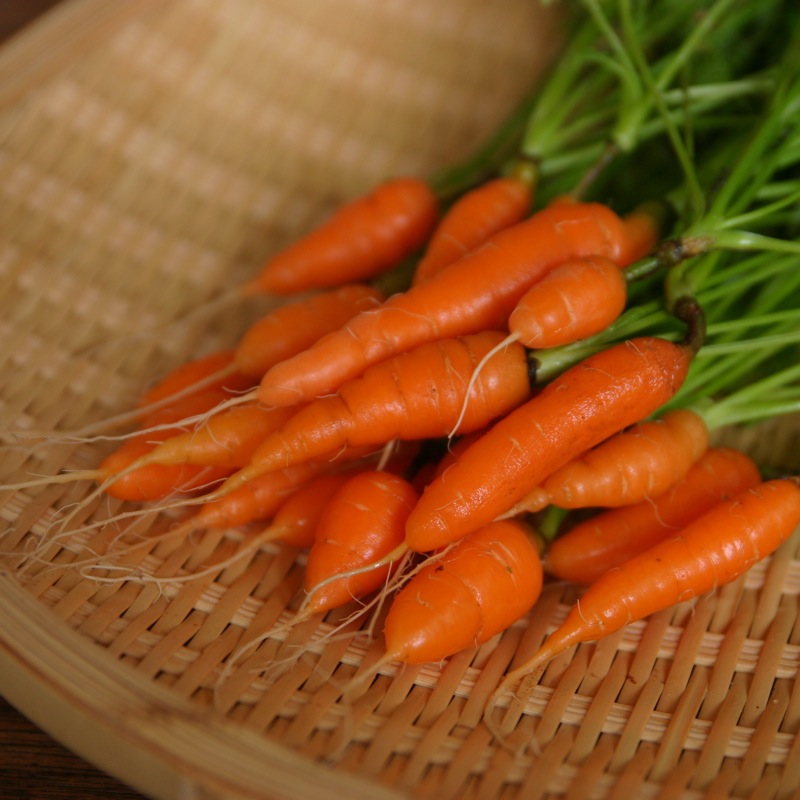
Similarity: 86%
More nutritionally dense than grapes, baby carrots contain nutrients similar to grapes, but in smaller amounts overall. Moreover, baby carrots contains more dietary fiber, Vitamin A, calcium, iron and potassium than grapes.
For 100 grams of grapes and baby carrots:
|
Grapes (5/8 cup) |
Baby Carrots (7 large) |
|---|
Baby Carrots vs. Grapes
Kimchi

Similarity: 86%
Kimchi contains nutrients similar to grapes, but in smaller amounts overall. Moreover, kimchi contains more dietary fiber, calcium, iron, riboflavin and niacin than grapes.
For 100 grams of grapes and kimchi:
|
Grapes (5/8 cup) |
Kimchi (5/8 cup) |
|---|
Kimchi vs. Grapes
fruits
Pomegranate Juice
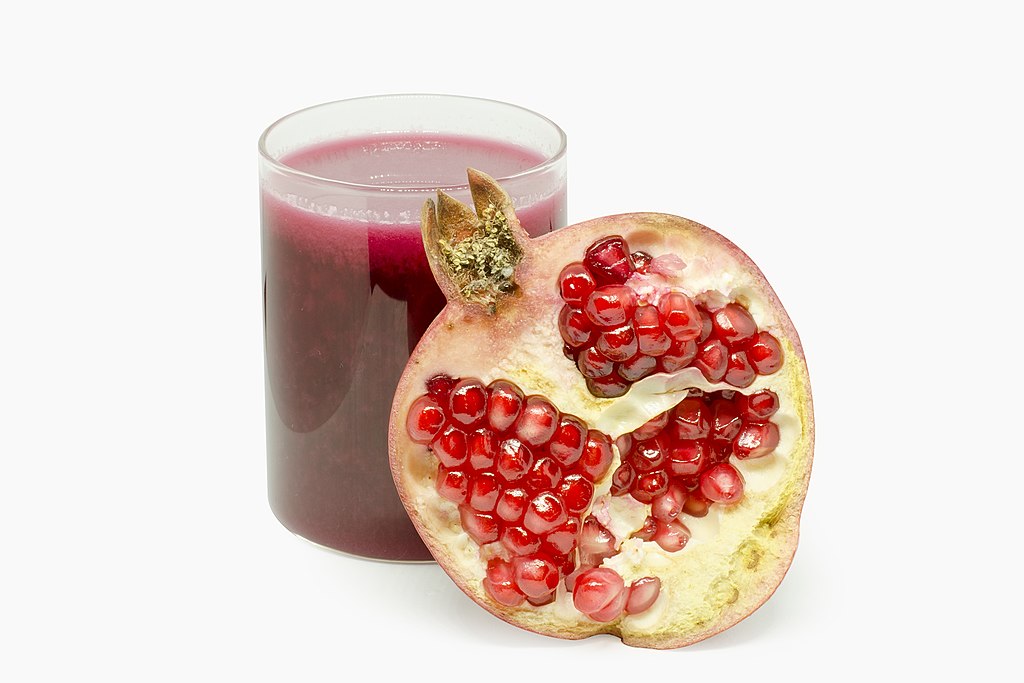
Similarity: > 90%
Pomegranate juice contains nutrients similar to grapes, but in smaller amounts overall.
For 100 grams of grapes and pomegranate juice:
|
Grapes (5/8 cup) |
Pomegranate Juice (3/8 cup) |
|---|
Pomegranate Juice vs. Grapes
Blueberry

Similarity: 88%
Blueberry contains nutrients similar to grapes, but in smaller amounts overall. Also, blueberry contains more dietary fiber, Vitamin C and Vitamin A than grapes.
For 100 grams of grapes and blueberry:
|
Grapes (5/8 cup) |
Blueberry (5/8 cup) |
|---|
Blueberry vs. Grapes
Rhubarb

Similarity: 87%
Rhubarb contains nutrients similar to grapes, but in smaller amounts overall. Moreover, rhubarb contains more dietary fiber, Vitamin C, calcium and potassium than grapes.
For 100 grams of grapes and rhubarb:
|
Grapes (5/8 cup) |
Rhubarb (7/8 cup) |
|---|
Rhubarb vs. Grapes